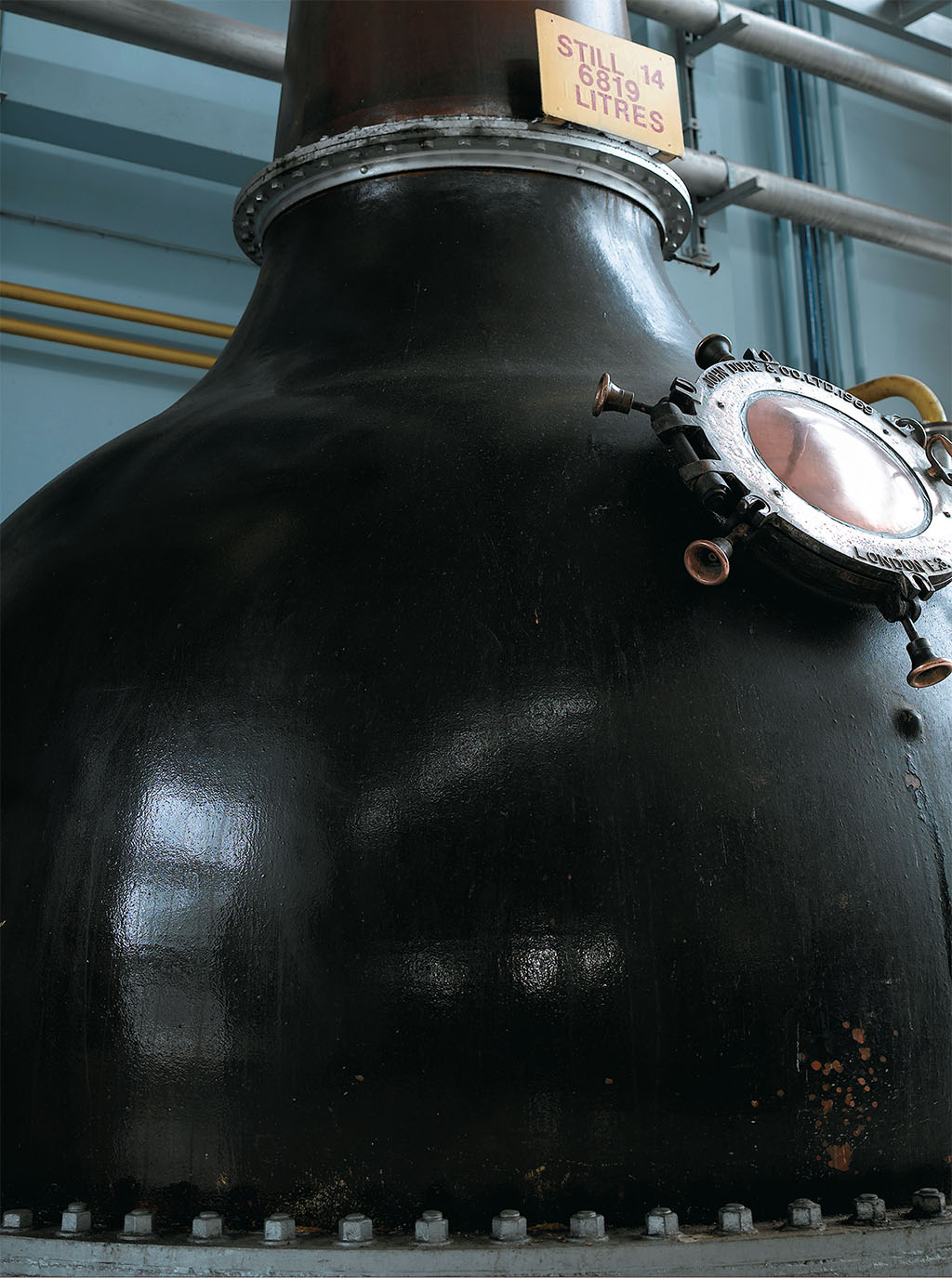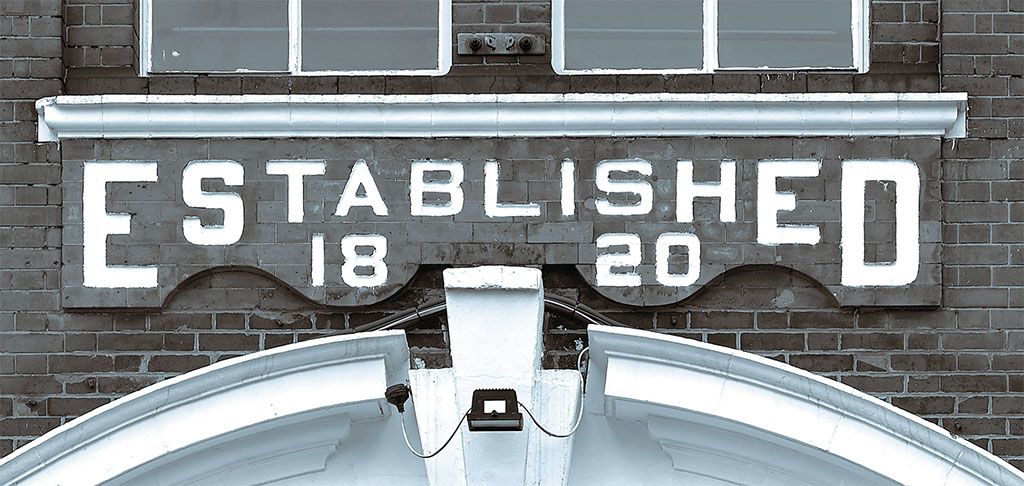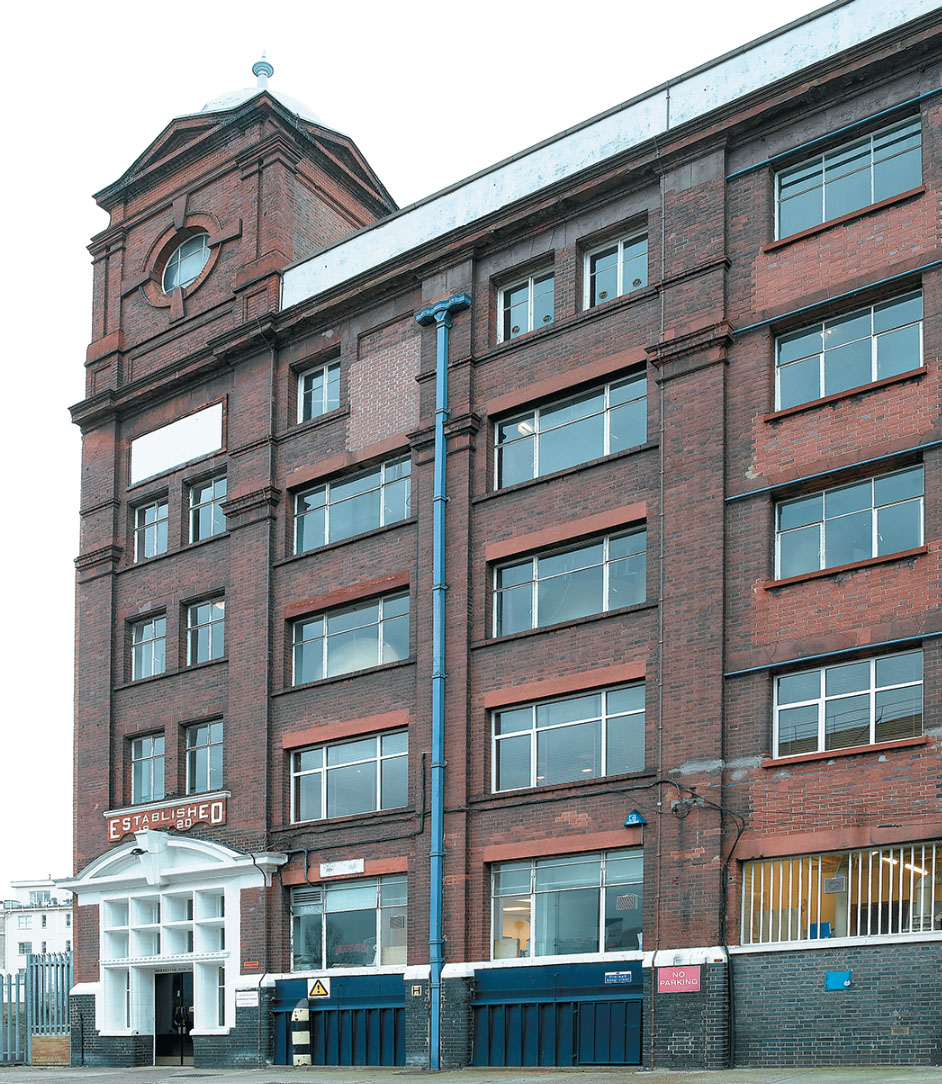
A perfectly balanced combination of ingredients go into the making of England’s most English of spirits
[caption id="TicklingBotanicalsToLifeTheStoryOfLondonGin_Feature" align="aligncenter" width="1024"]

BEEFEATER DISTILLERY
[caption id="TicklingBotanicalsToLifeTheStoryOfLondonGin_img1" align="aligncenter" width="725"]

BEEFEATER DISTILLERY
ON A HOT SUMMER’S DAY or evening, there’s simply no more refreshing a drink than a well-built gin and tonic. Of course, others fancy a gin-based quencher like Pimm’s, or take their gin with bitter lemon—whether taken as a summer reviver or in a classic martini. Scotland might have its whisky, but gin is somehow the quintessentially English drink.
[caption id="TicklingBotanicalsToLifeTheStoryOfLondonGin_img2" align="alignleft" width="728"]

BEEFEATER DISTILLERY
During the 30 Years War in Europe, English soldiers were first introduced to the Dutch juniper-flavored spirit known as “genever.” Soldiers were given a morale-boosting belt of genever before battle, imbuing them, it was certainly hoped, with “Dutch courage.” It seems they brought a taste for the courage and the beverage home to England with them.
A generation or so later, the Glorious Revolution of 1688 brought the Dutch couple William and Mary from the Netherlands to the English throne. Gin became the fashionable drink at court, and drinking it an emblem of patriotism and Protestant solidarity.
BY THE 1730S, THERE WAS so much patriotism abroad that London was producing 14 gallons of gin for every resident of the city. In parts of the city, it was said, one house in three sold gin. It was known as the Gin Craze. A decade later, London distilleries were producing 40 million gallons of the spirit a year—for a city with a population of 500,000. Not surprisingly, some good folks began to be concerned about the social effects of near universal drunkenness on the poor. “Drunk for a penny, dead drunk for two pennies” was the slogan of the times.
The quality as well as the cost of gin has increased considerably since then. The introduction of the continuous still in the 1830s led to the evolution of an unsweetened, aromatic version of the beverage known as “London Dry” gin, because so many distillers were London based. There were several dozen distillers in town at the time. The only one of them left is Beefeater, instantly recognizable for the yeoman warder who smiles from every bottle.
At the Beefeater distillery in Kennington (next door to The Oval cricket ground), Master Distiller Desmond Payne is very proud of the company’s London heritage, and of its gin. Payne was delighted to show me around Beefeater’s historic premises and share his lore of gin’s mysteries.
The recipe for making gin is deceptively simple. In carefully blended quantities, the flavoring botanicals steep in pure grain alcohol, infusing their ethers into the liquid. The next day, the liquid is distilled off into a heady, potent concoction that is cut 2:1 with spring water to bring it to a bottling proof of 40 percent A.B.V.
THE TRICKY PART lies in those botanicals. While the defining flavoring agent of gin is juniper berries, what other aromatic flora makes its way into the concoction varies from distiller to distiller and gives a brand of gin its distinctive characteristics and flavor. With gin as with most commodities, of course, there is a relationship between quality and price.
[caption id="TicklingBotanicalsToLifeTheStoryOfLondonGin_img3" align="aligncenter" width="1024"]

BEEFEATER DISTILLERY
A premium spirit such as Beefeater guards its recipe and sources its ingredients carefully. Juniper berries from the hillsides of Tuscany, dried peel of lemons and bitter oranges of Seville, coriander seed from Bulgaria, angelica, liquorice and orrisroot: it must have taken an alchemist to brew together the formula of botanicals in Beefeater. In fact, it was James Burrough who created the distilling technique and the recipe for the world’s first premium gin in 1863. It’s been made the same way since.
‘GARNISH THE G&T WITH LEMON. IT GIVES A CLEANER TASTE’
[caption id="TicklingBotanicalsToLifeTheStoryOfLondonGin_img4" align="alignleft" width="625"]

BEEFEATER DISTILLERY
[caption id="TicklingBotanicalsToLifeTheStoryOfLondonGin_img5" align="alignright" width="1024"]

BEEFEATER DISTILLERY
[caption id="TicklingBotanicalsToLifeTheStoryOfLondonGin_img6" align="alignright" width="942"]

BEEFEATER DISTILLERY
Desmond Payne himself is part alchemist, and regarded as perhaps the world’s foremost authority on gin. He was flying off the next week to Italy, to head up into the Tuscan mountains and check on 150 samples of this year’s juniper berry crop. From those, by hand and nose, he will select the four or five to be blended into next year’s Beefeater. Later, Payne will be down in Seville nosing the bitter orange peel. On the distillery loading dock sat 20 tons of Bulgarian coriander in burlap sacks delivered that morning.
[caption id="TicklingBotanicalsToLifeTheStoryOfLondonGin_img7" align="alignright" width="1024"]

BEEFEATER DISTILLERY
ALL THOSE BOTANICALS SERVE TO FLAVOR nearly 2.5 million cases a year of Beefeater gin at the Kennington distillery. Remarkably, the entire plant is staffed by just five people, including Payne’s secretary. From the huge pot stills, thousands of gallons of raw gin leave the distillery every day in tank trucks bound for Scotland. There, the gin is cut to bottling strength with Scottish spring water and packaged for distribution around the world.
Appropriate for its purposes, the distillery does have its own company lounge bar. Every Christmas the distillery hosts a party for the Yeoman Warders of the Tower. It helps keep that Beefeater connection alive. The warders also get to approve of any change in their appearance on the Beefeater label.
Over what was, yes, the best gin and tonic I’ve ever had, Payne continued gin’s story. The ubiquitous gin and tonic got its start as a medicine. British heading for Asia in colonial days discovered that the quinine in tonic water was a helpful prophylactic against malaria. The gin was added to make the tonic more palatable.
Payne makes his with cold, even frozen gin, and chilled tonic water. “G&Ts taste better over here,” he said, “because most American tonic doesn’t now contain quinine.” Lots of ice is another seemingly un-English secret. “The ice should be just keeping the drink cold, not diluting it while chilling it.” Finally, garnish the G&T with lemon, not lime. “The complexity of the lime clashes with and masks the botanicals of the gin,” Payne averred. “Lemon gives a much cleaner taste.”
“A classic traditional martini is made with a 3:1 ratio of gin to vermouth,” Payne insists, “and James Bond notwithstanding, it should be stirred, not shaken. Shaking bruises the botanicals.”
Desmond Payne should know. He’s part alchemist, remember.Cheers.





Comments